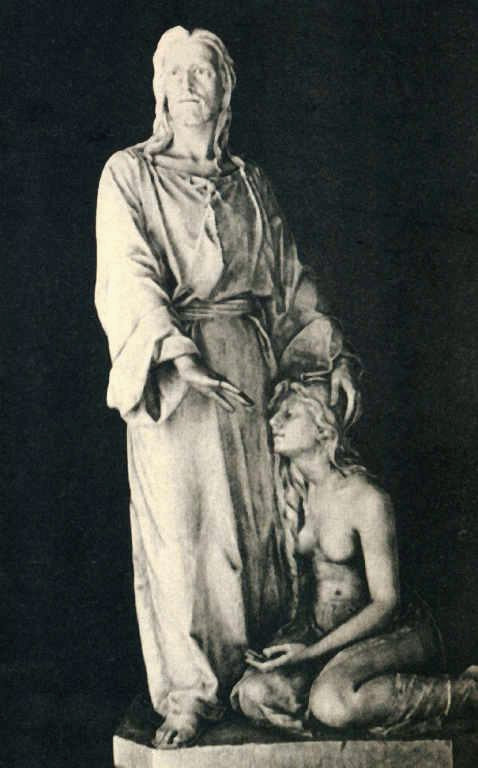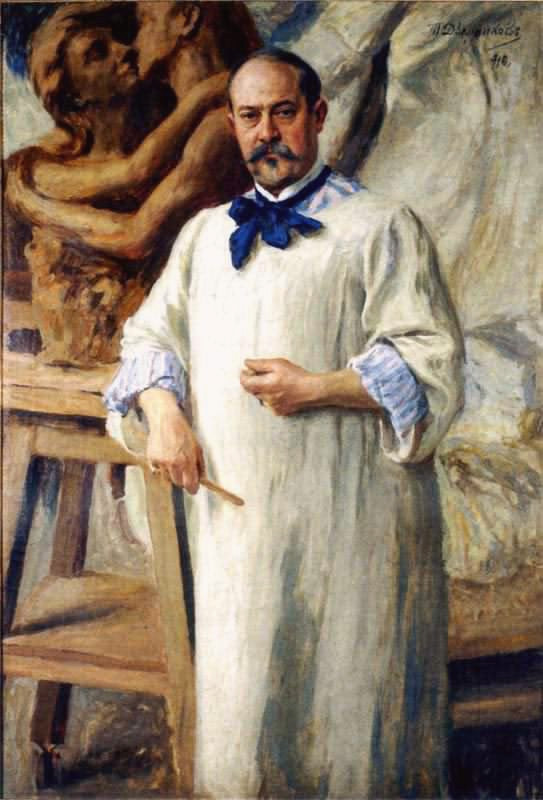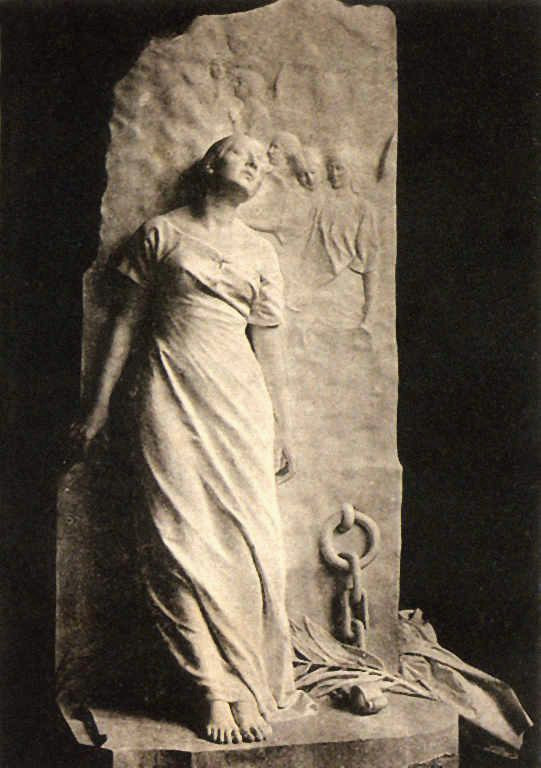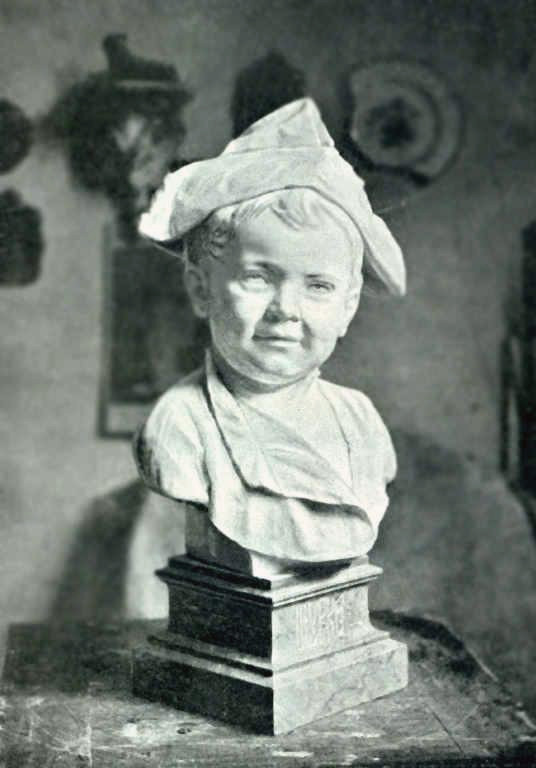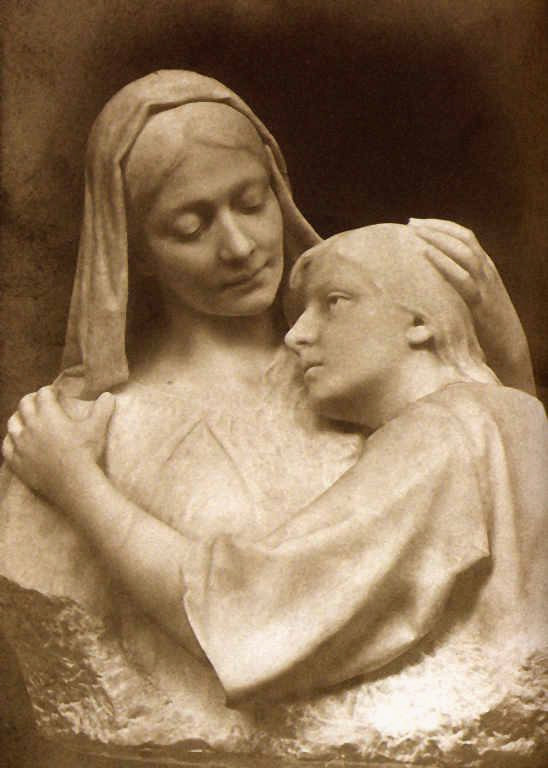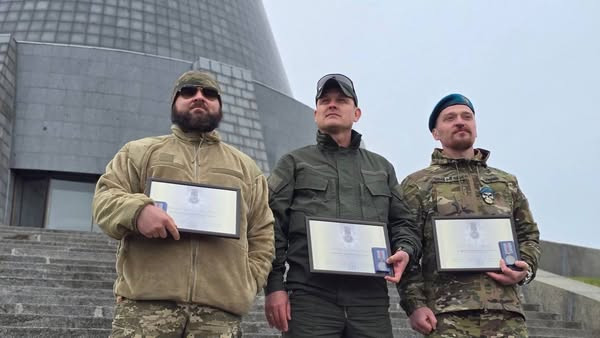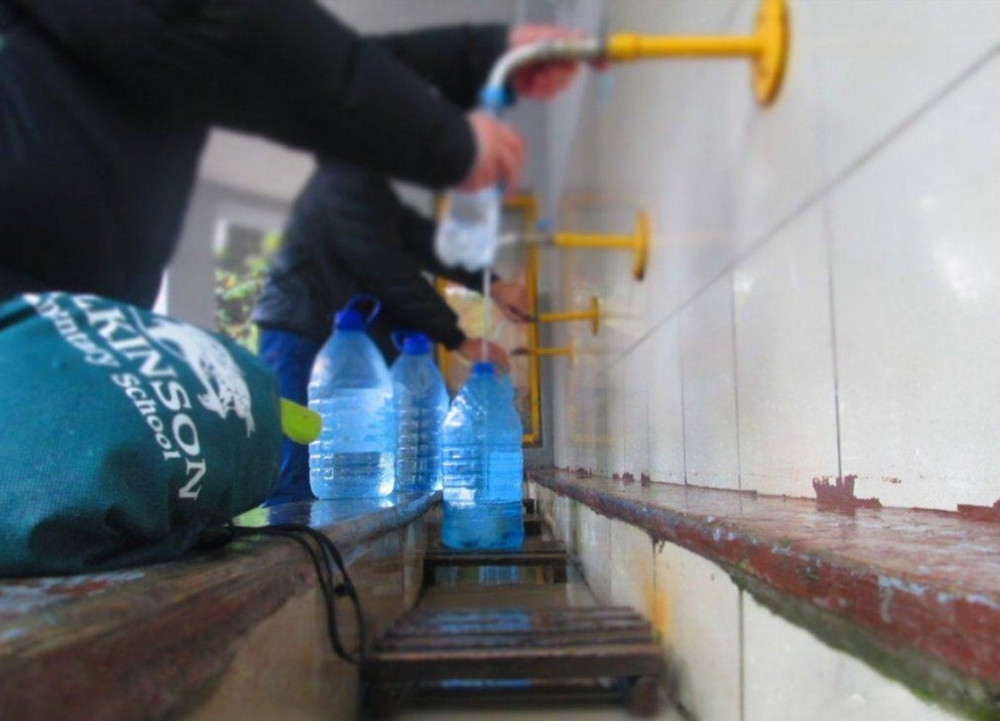In honor of Borys Edouard, a memorial plaque has been installed in Lyapunov Lane in Odesa, and Pysarev Street in the city's Kyivskyi District has been renamed after him.
Boris Edwards was born on May 27, 1860, in Odessa to a British subject, Basil Edwards, and a Ukrainian woman, Sofia Yuriyivna, who hailed from a Cossack family in Poltava. He began his artistic education at the Odessa School of Drawing (1876–1881), where he studied under Luigi Iorini, a professor from the Milan Academy of Fine Arts.
In 1885, before moving to Paris, Boris held the first personal sculpture exhibition in the history of Odessa. In France, he studied at the Julien Academy, worked in the studios of renowned masters, and created a portrait of Louis Pasteur from life.
Critics noted, “Edwards is one of the few artists of our time who dares to portray the human body with love.”
In 1899, to celebrate his 15th year of artistic activity, he organized a large exhibition in the winter garden of the Vorontsov Palace. His works were also displayed at the World Exhibition in Paris (1900) and at the Salon of V. Izdebski (1909–1910) in Odessa, Kyiv, and Riga.
He founded the first bronze foundry in Ukraine to realize large-scale sculptural ideas. He was a co-founder of the Odessa Literary and Artistic Society (1897) and the Museum of Fine Arts (1899).
His ancestry is like a novel: British, Ukrainian, Irish, Spanish, and Turkish roots. His great-grandfather was the commandant of the Gibraltar fortress. Edwards could have inherited land on Manhattan but chose the path of art instead.
In 1918, he became the head of the Odessa Art School, which he helped reorganize into a higher educational institution. That same year, he held his last exhibition, showcasing over 80 works that summarized his 35 years of creative work.
In 1919, he emigrated to Malta, where he created a Memorial to the fallen Maltese heroes.
He passed away on February 12, 1924, and is buried on the island of Malta.
Latest news
- Honoring the Defenders of Ukraine: A Day of Tribute
- Update on Road Conditions in Odesa
- Notice of Closure of Well Complex in Odesa
- Storm Alert in Odesa: Heavy Rain Expected
- Public Transport Updates in Odesa
- Update from Odesa: Response to Natural Disaster
- Mine-Related Injuries: Latest Data for 2025
- Barrier-Free Initiatives for the Institute of Eye Diseases
- Advocating for Seniors' Rights: Round Table in Odesa



